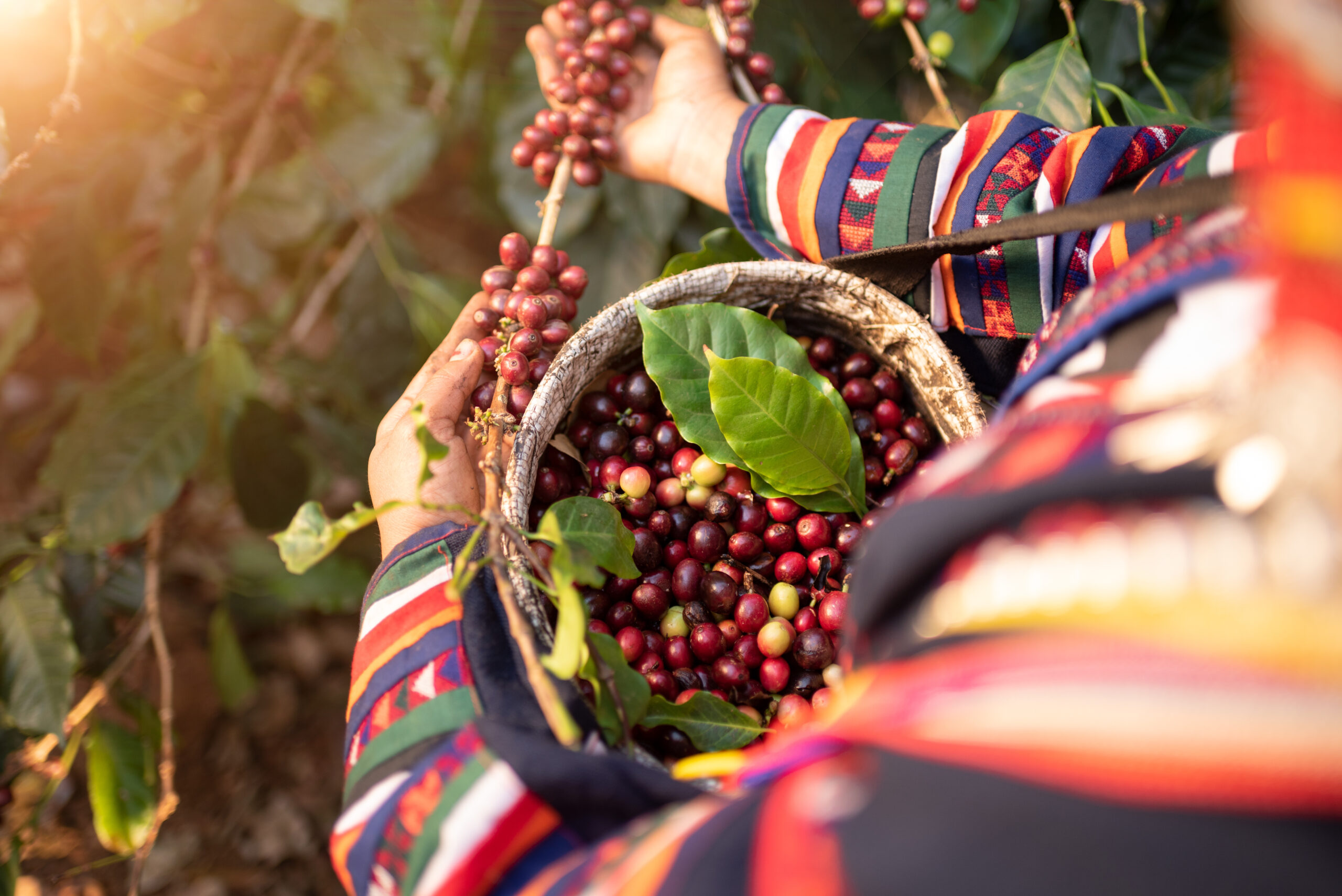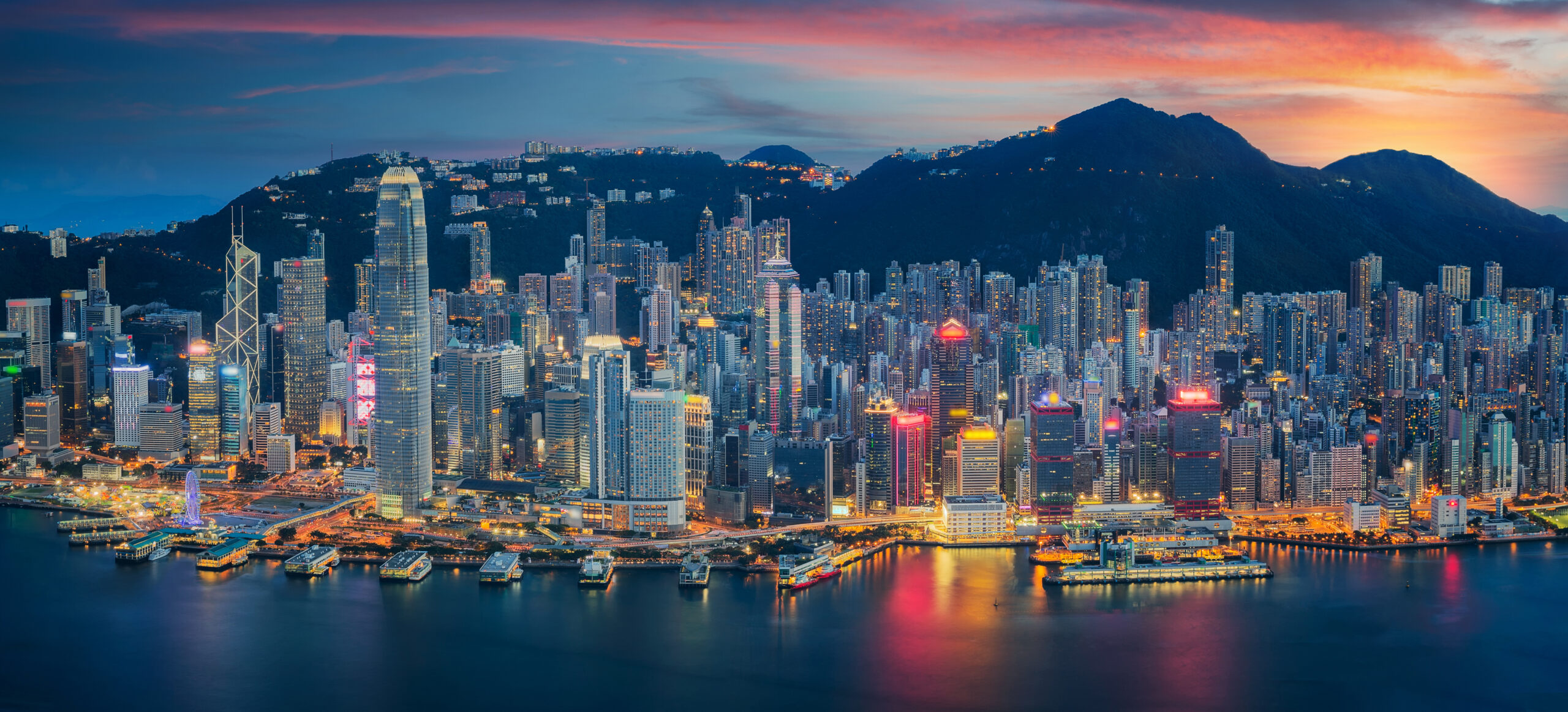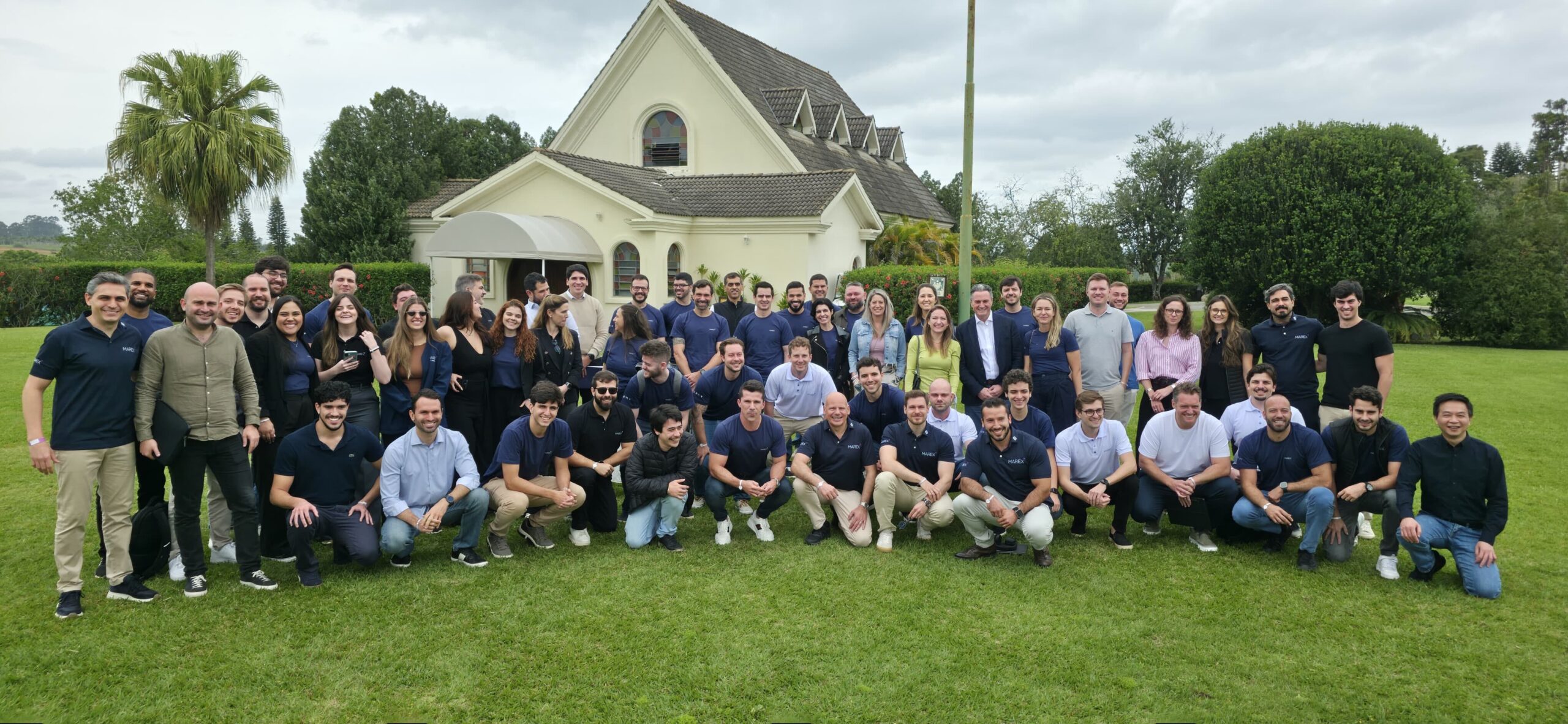
We believe that the best insights often come when we leave behind our screens and step into the real world — into the fields, homes, and drying patios of the producers whose work drives global agribusiness. That belief took us and seven Brazilian coffee cooperatives — representing over 50,000 producing families — across the world to Indonesia. What we found was a coffee market full of contrasts: deeply traditional in how it’s grown, yet rapidly modernising in how it’s consumed.
 Figure 1: Woman working on a drying patio next to houses
Figure 1: Woman working on a drying patio next to houses
In Sumatra, smallholder farmers grow most of Indonesia’s robusta coffee, often on old plantations with limited resources and little technical support. Productivity remains low, averaging just 17 bags per hectare. Yet, we met producers eager to innovate, including one who boosted yields dramatically by applying new techniques learned online.
Despite these pockets of progress, widespread challenges remain: aging trees, poor infrastructure, and limited access to inputs hinder growth. Without significant investment and training, large-scale productivity gains seem unlikely in the near term.
 Figure 2: Warehouse and transportation
Figure 2: Warehouse and transportation
On the other hand, Indonesia’s coffee consumption is rising—growing about 5% annually—especially among young people who are embracing specialty coffees and new brewing styles. At the recent World of Coffee fair in Jakarta, enthusiasm was noticeable, fuelled by social media platforms like TikTok that are turning coffee into a cultural phenomenon.
 Figure 3: TikTok stand
Figure 3: TikTok stand
This growing demand could soon outpace local production, potentially making Indonesia a coffee importer within a few years unless productivity improves. For now, favourable weather has helped crops recover from 2023 droughts, supporting a stronger harvest and offering a temporary boost to the market.
Our visit confirmed what we’ve long believed: true insight comes from seeing the full story—from backyard farms to global coffee events. Indonesia’s coffee sector is at a crossroads, balancing tradition and change, and its future depends on bridging the gap between production and consumption.
Want to read more about what’s brewing in Indonesia’s coffee sector?
Read the full report



